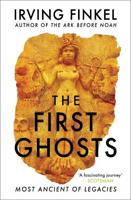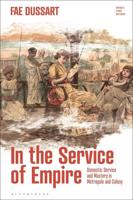Publisher's Synopsis
Excerpt from The Psalmist and the Scientist, or Modern Value of the Religious Sentiment
Ward or subjective; in both it is an organ through which the human soul beholds something other than itself. The religious sentiment, like the element of sensuous feeling, is the earliest of those messengers which convey to us the tidings of a Power not our selves. It begins before logic, before reasoning, be fore argument. It precedes all the forms of reli gions thought; it is antecedent to all the systems of theological speculation. And as it is earlier than the forms of dogmatic thought, so it is capable of surviving them. Our little systems may have their day and cease to be; but when they cease to be, it is only in order that they may give place to the sys tems of another day. What is the source of this reproduction 7 Why is it that when old theological formulas are quite extinguished there immediately appear in their room new expressions of dogmatic thought? There can be only one reason for this; there must be something which survives when the old form has perished, and which constitutes the link of connection between the old form and the new. That something we call the religious sentiment. It is that sense of divine truth which existed in the mind before it had obtained an explanation, and before it had received a name, and which, because it was independent of dogma in its origin, has been incapable of being destroyed by the dissolution of dogma; it survives to be the nucleus for the recon struction of the system yet to be.
About the Publisher
Forgotten Books publishes hundreds of thousands of rare and classic books. Find more at www.forgottenbooks.com
This book is a reproduction of an important historical work. Forgotten Books uses state-of-the-art technology to digitally reconstruct the work, preserving the original format whilst repairing imperfections present in the aged copy. In rare cases, an imperfection in the original, such as a blemish or missing page, may be replicated in our edition. We do, however, repair the vast majority of imperfections successfully; any imperfections that remain are intentionally left to preserve the state of such historical works.







